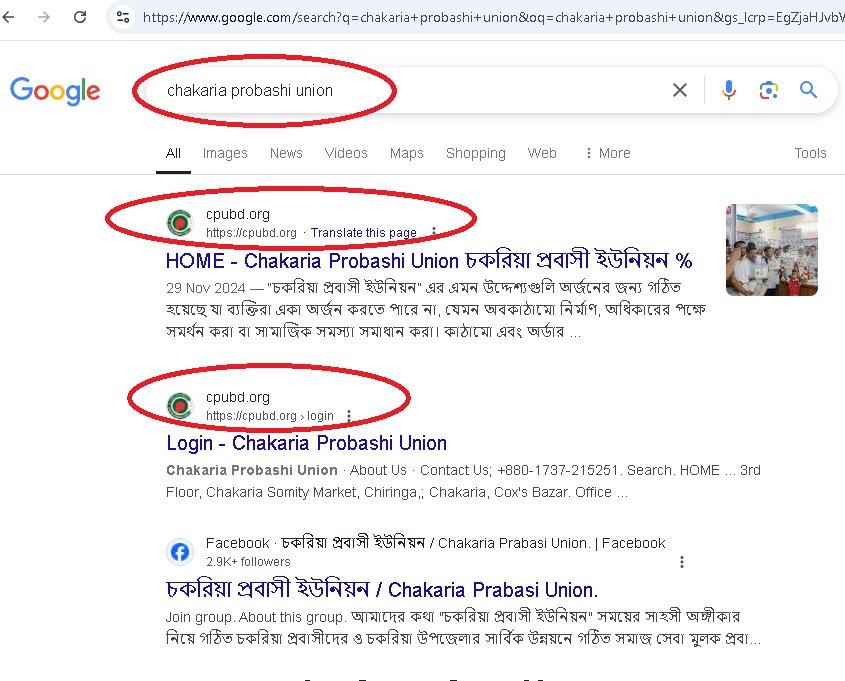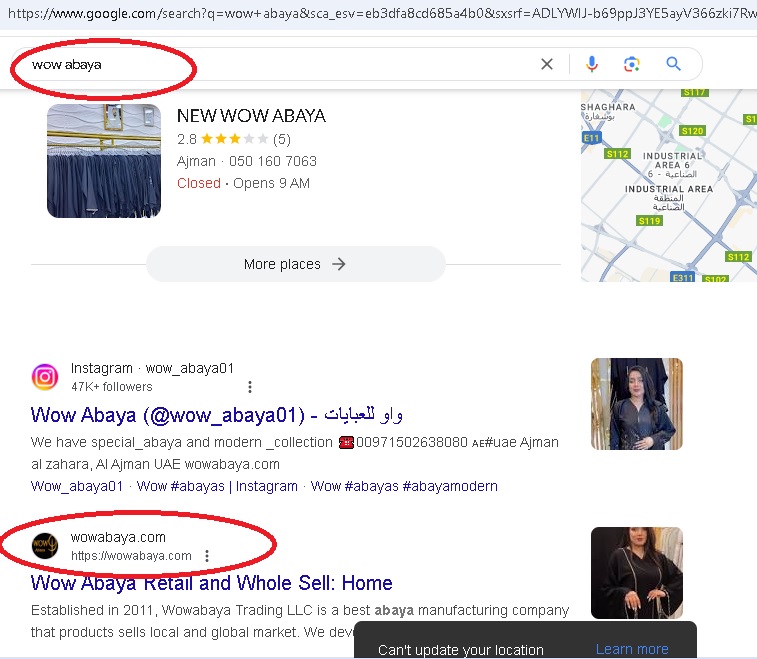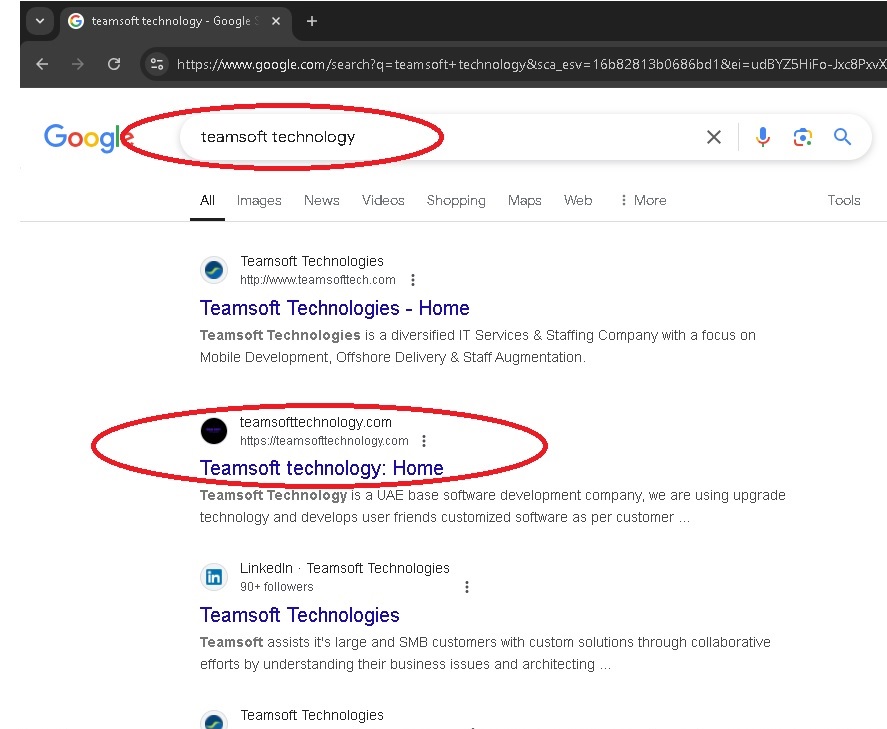Search engine optimization is the process of making your website better for search engines.
Search engines such as Google & Bing serve as the discovery point for the web. People go to search engines to find relevant content, information and websites.
Search engines such as Google & Bing serve as the discovery point for the web.
People go to search engines to find relevant content, information and websites.
Search engines then scan through their index of webpages and deliver the search
results based on the user query. The results are ranked based on the relevance of
a webpage to the user search intent. Search engines want to make their results
pages useful for their users. A wide range of quality parameters and signals are
used to deliver the best possible results.
With the advancements in computing, search engines now use artificial intelligence
and analysis to improve the search results.
Websites need to make sure that they make a good impression on search engines.
In order to rank higher in search results, they need to help search engines by
sending the right signals. Search engines use computer programs to analyse the
webpages.
Search engine optimization involves making your web pages optimized so that search engines find all the
signals they need to understand the relevance and context of the webpage. When a
web page is optimized for SEO, it ranks higher in search results. Thus, it drives
more traffic from search engines.

Search engine optimization is important:
Competitor analysis using Search engine optimization tools
Increases Website Visibility
Identify Competitors
==> Higher Rankings in Search Engines: SEO helps your website rank higher on search engine results pages (SERPs). This increased visibility leads to more potential customers finding your business online.
==> Enhanced Brand Awareness: Being on the first page of search results can significantly boost your brand’s awareness and credibility.
==>Direct Competitors: These are businesses offering similar products or services targeting the same audience.
==>Indirect Competitors: Companies that may not offer the same products but compete for the same search traffic.
Top Rank Website
SEO Rank Teamsoft


Drives Quality Traffic
Choose the Right SEO Tools
==>Targeted Audience: SEO attracts users actively searching for products or services similar to what your business offers, leading to more relevant traffic.
==>Sustainable Traffic Source: Organic traffic from SEO is ongoing and doesn’t require continuous investment like paid advertising.
Some popular tools for SEO competitor analysis include:
SEMrush, Ahrefs, Moz, SpyFu, Ubersuggest
These tools provide in-depth data on organic and paid search, backlinks, keyword rankings, and more.
Builds Trust and Credibility
Analyze Organic Search Traffic
==>Perceived Authority: Websites that rank high are generally seen as more trustworthy and authoritative by users.
==>User Experience: SEO involves optimizing website structure and content, leading to a better user experience, which reinforces trustworthiness and user satisfaction.
==>Top Pages: Identify the top-performing pages on each competitor’s site to understand what content drives the most traffic.
Improves User Experience
Keyword Analysis
==>Page Speed: SEO practices include improving page load times, which enhances the user experience and keeps visitors engaged.
==>Common and Unique Keywords: Check which keywords both companies rank for and identify unique keywords one company ranks for but the other does not.
==>Keyword Gaps: Find keyword opportunities that your company can leverage to outperform the competitor. Keyword Difficulty: Analyze how competitive the keywords are and determine which ones are worth targeting based on difficulty and search volume.
Supports Business Growth and ROI
Backlink Profile Comparison
==> Cost-Effective Marketing: While SEO may require an initial investment, it is more cost-effective in the long term compared to paid ads. The organic traffic generated can continue to bring returns without ongoing costs.
==> Higher Conversion Rates: Users who find your website through organic search are more likely to convert compared to those from other traffic sources, as they are specifically looking for what you offer.
Top Referring Domains: Identify which sites are linking to each competitor and consider reaching out for backlinks.
==>Backlink Gaps: Use a backlink gap tool to discover which backlinks one company has that the other does not, and strategize how to acquire those links.
Gives a Competitive Edge
Content Strategy Analysis
==>Local SEO Benefits: For local businesses, optimizing for local search helps in appearing in localized searches, making it easier for nearby customers to find you.
==>Content Topics: Identify which topics drive traffic for each competitor and see if you can create better or more comprehensive content.
==>Update Frequency: Check how often content is updated and compare it with your own strategy.
Provides Valuable Insights
Technical SEO Comparison
==>Keyword Insights: Understanding which keywords drive traffic helps refine your content and product offerings to better meet customer needs.
==>Page Load Speed: Test page load times using tools like Google PageSpeed Insights to see which competitor has a faster and more optimized site.
==>Mobile-Friendliness: Evaluate the mobile usability of each site and check for responsive design issues.
Adapts to Consumer Search Trends
User Engagement Metrics
==>Staying Up-to-Date: Keeping your website updated with SEO best practices allows it to adapt to changes in search engine algorithms, ensuring your site remains relevant and visible.
==>Click-Through Rate (CTR): Check for potential improvements in SERP (Search Engine Results Page) features that may enhance CTR for your site.
Supports Other Marketing Efforts
Social Signals and Off-Site Factors
==>Integrated Campaigns: SEO complements other digital marketing efforts, such as PPC (pay-per-click) campaigns and social media, providing a comprehensive digital marketing strategy.
==>Brand Mentions: Use tools like Brand24 or Ahrefs to track mentions of each competitor online and assess brand presence.
Steps to Use the Data Effectively
Paid Search Analysis (If Applicable)
==>Create a Comparison Report: Summarize the data in a comprehensive report comparing metrics such as traffic, keywords, backlinks, and content.
==>Develop Actionable Strategies: Use the insights to identify gaps in your strategy and create plans to exploit your competitor’s weaknesses and emulate their strengths.
==>Prioritize Efforts: Focus on high-impact areas such as high-value keywords, top-performing content, or backlink acquisition opportunities.
==>Ad Keywords: If either competitor runs PPC campaigns, identify which keywords they are bidding on.
==>Ad Copy and Strategy: Study their ad copy and landing page quality for insights into paid search strategies.
